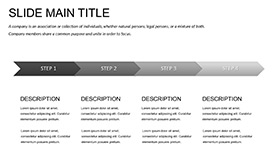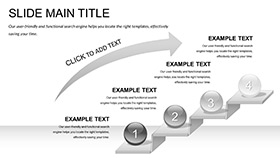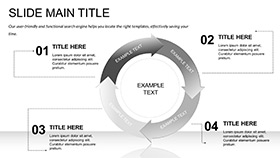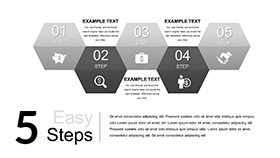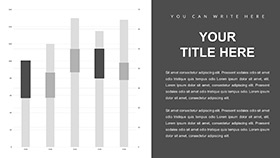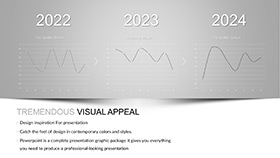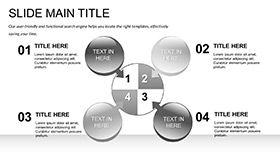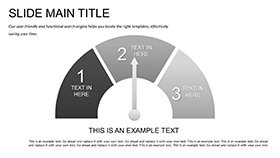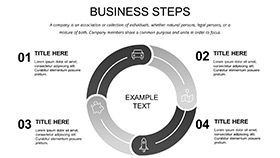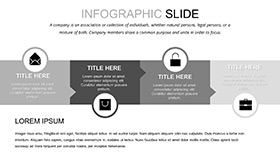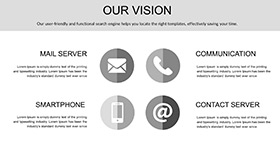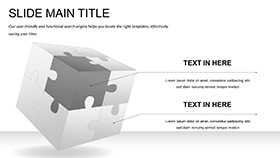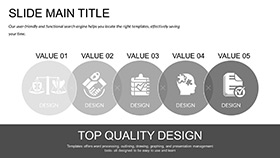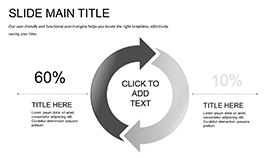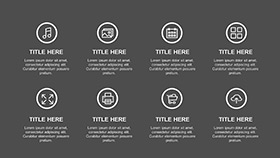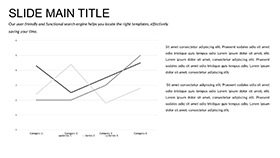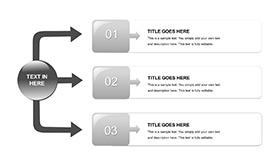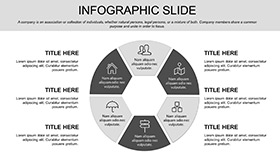Step into a lab where risks are not just listed but vividly mapped to safeguards, empowering teams to navigate dangers with confidence and precision. The Lab Safety PowerPoint Template is essential for safety officers, chemists, and biology instructors aiming to conduct thorough training without the drag of outdated visuals. Its 28 diagrams bridge hazards like chemical spills to controls such as ventilation protocols, letting you customize with site-specific protocols for immediate relevance.
Crafted by experts in compliance presentations, it features three masters and backgrounds for a professional sheen, alongside seven color schemes - cautionary yellows for alerts, calming grays for procedures. Suited for PowerPoint 2016 and beyond, it supports embedding safety videos or linking to SDS sheets, making it a staple for annual refreshers or incident debriefs.
Core Features for Robust Safety Decks
Central to the template is the hazard identification matrix, using color-coded cells to prioritize risks by severity and likelihood.
- 28 Dedicated Diagrams: From PPE checklists to emergency flowcharts, each targets a safety facet.
- Editable Safeguards: Modify warning icons, update procedure steps, or scale diagrams for focus areas.
- Alert Schemes: Seven options prioritize visibility, with high-contrast for low-light training rooms.
Vector elements ensure print-ready clarity for handouts, aligning with standards from bodies like OSHA.
Customization Guide: Securing Your Safety Narrative
Open in PowerPoint and apply a master for cohesion. For the chemical storage slide (Page 15):
- Load Protocols: Input compatibility rules into segmented shelves, like acids from bases.
- Visual Cues: Add prohibition symbols via shapes, coloring for category alerts.
- Integrate Resources: Hyperlink to digital MSDS for quick access during reviews.
- Clarify Layouts: Use gridlines to organize racks, ensuring spatial accuracy.
- Test Engagement: Animate reveal layers to quiz on mismatches progressively.
Extend to biohazard slides, editing containment levels for tailored biosafety training.
Applications in High-Stakes Environments
Chemistry labs benefit from the fume hood operation diagram, sequencing airflow paths to underscore ventilation efficacy. A supervisor might highlight capture velocities, animating vapors to demonstrate capture zones - vital for reducing exposure in daily ops.
Biology teams use the spill response pyramid for escalation steps, with base layers for minor incidents building to full evacuations. It's reminiscent of protocols in CDC guidelines, but visualized for quicker recall in stress scenarios.
Pharma production employs the risk assessment funnel, narrowing from broad threats to mitigated actions, editable for GMP audits to showcase proactive measures.
Training New Lab Personnel
Incorporate the PPE donning sequence with photo placeholders, guiding through glove-to-goggle order for sterile environments.
Conducting Compliance Reviews
Leverage incident timeline slides to reconstruct events, plotting causes to root fixes for continuous improvement.
Acquire the Lab Safety PowerPoint Template for $22 and fortify your safety culture with visuals that protect and educate.
Frequently Asked Questions
Is it aligned with standard safety regs?
Diagrams draw from general OSHA and lab best practices, customizable to your facility's policies.
Can I add photos of my lab?
Yes, insert via picture placeholders, resizing to fit without distorting layouts.
How editable are the warning symbols?
Fully vector-based; recolor, resize, or replace with your branded icons.
Supports video embeds?
Indeed, use media inserts for demo clips, with play triggers on click.
Best for group training?
Designed for it - large fonts and simple paths ensure clarity from back rows.






